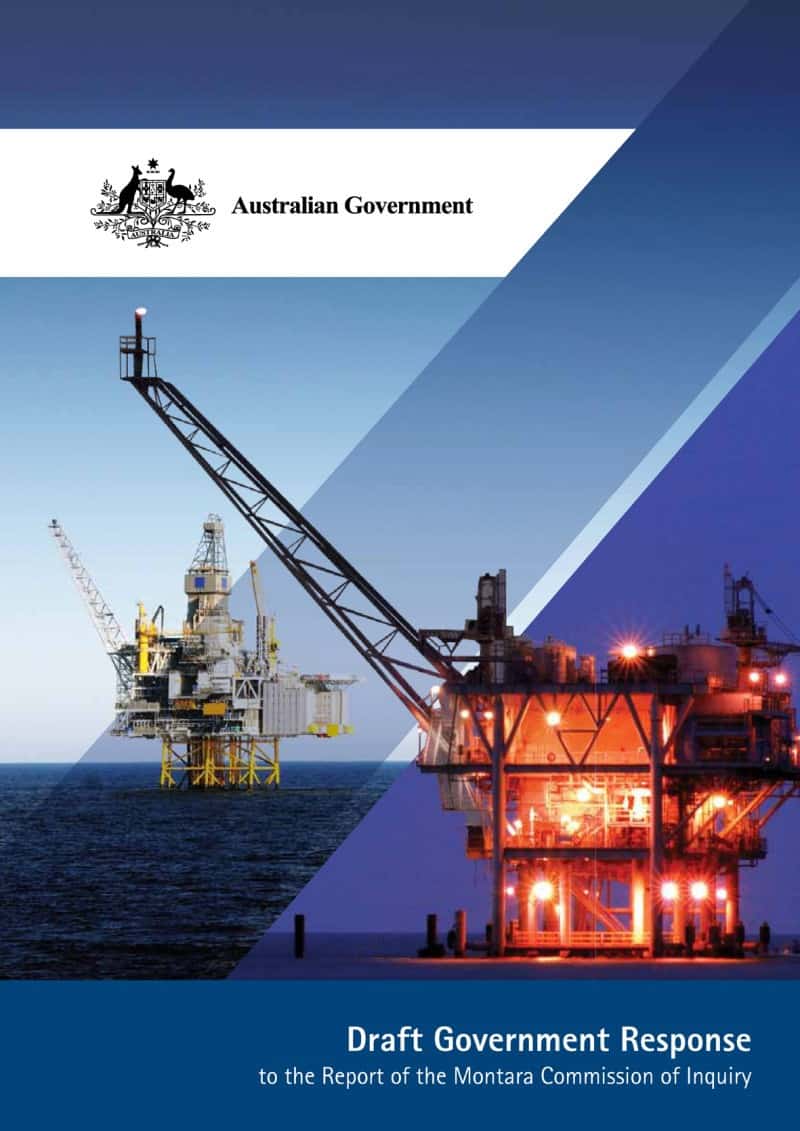Legal analysis of the Montara oil spill inquiry reports have started to emerge. One of the first is by Allens Arthur Robinson (AAR). It does not discuss safety specifically but in many people’s minds Montara was not an occupational safety disaster as no one was injured. To many the explosion has far more relevance as an environmental or process safety matter but considerable benefit can be gained by realising the Montara oil disaster was a substantial near-miss.
AAR looks at broader impacts of the Australian government’s response to the disaster. AAR states that “we can expect to see moves by the Federal Government towards establishing a national regulator.” Why should such a move only apply to offshore petroleum exploration? If there is considerable administrative and regulatory advantages in a single petroleum exploration regulator, why not apply the same approach to the regulation of workplace safety? Continue reading “Analysis of Montara oil spill reports begins”


